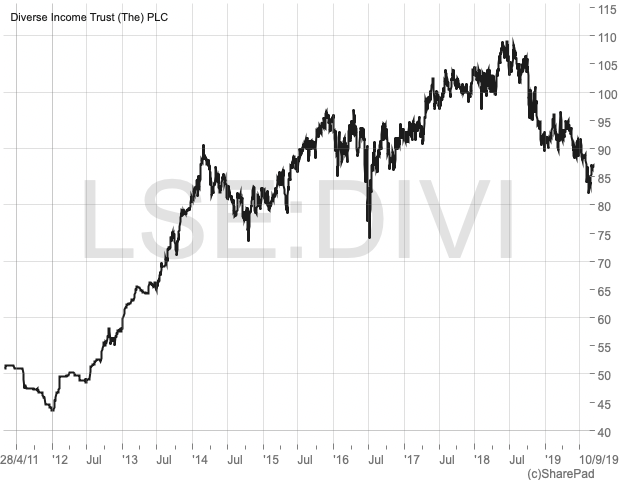AIM dividends soar – here’s how to grab a slice of the action

With AIM dividends having tripled since 2012, James Faulkner reveals how investors can gain exposure to this exciting income stream.
In a post-financial crisis world, generating a healthy, dependable income from your investments is no easy task. As interest rates on cash deposits move ever lower, many savers have been forced into the equity markets in a bid to make up the shortfall. This has led to a reduction in the yields on offer from stocks – especially amongst the higher quality blue-chip issues.
Understandably, this has led many investors to broaden their investment horizon in their search for income. Many have been forced into the arms of investments with a limited track record, such as peer-to-peer lending, or investments that often require the use of leverage, such as buy to let. While such investments may often be an appropriate option, they come with their own specific risks that investors must be aware of before they take the plunge.
One area that is most certainly off the beaten track, but which has been delivering some very exciting results of late, is the small-cap sector. The AIM market, a key barometer for the performance of the UK’s smaller quoted companies, saw dividends soar 23.9% on a headline basis in the first six months of 2019, according to the latest annual AIM Dividend Monitor from Link Group. Growth was augmented by some unusually large special dividends, but still came in at a solid 13.9% on an underlying basis (ie excluding special dividends).
What’s more, this is part of a longer-term trend, with AIM dividends having tripled since 2012 – an annualised growth rate of 18.2% – compared to a 45% increase in dividend payout from the main market of the London Stock Exchange. This growth is anticipated to continue in future, with Link forecasting headline dividend growth of 16.8% this year (12% underlying). Although this is anticipated to moderate somewhat in 2020 due to economic growth headwinds, Link still anticipates underlying dividend growth at a relatively robust 6.9% next year.

Source: AIM Dividend Monitor
How to capitalise on the growth in AIM dividends
AIM is most certainly a stock-picker’s market, with the recent performance showing a stark contrast between the fortunes of healthcare, financials, industrial goods and support services companies, which posted the fastest underlying growth this year, and the retailers and construction firms, where dividends declined.
One way of getting access to this growing income stream would be to purchase shares in AIM companies where payouts are expected to rise – but this also requires significant investment in terms of the time and effort necessary in order to research these companies.
Another option would be to invest in a fund that has exposure to the AIM market, and specifically to the dividend-paying portion of the market. A great example of this, in my view, is the Diverse Income Trust (LON:DIVI), which is managed by veteran small-cap fund manager Gervais Williams of Miton Asset Management. It has around 35% of the portfolio invested in stocks quoted on the AIM market (as of 31st May 2019), and its strategy is based on maximising the potential for dividend growth through taking a multi-cap approach to investing. As such, it also invests in stocks quoted in the FTSE Small Cap Index, the FTSE 250 mid-cap index and the blue-chip FTSE 100.
Diverse was anticipated to pay a 4% yield to shareholders at launch and, over the last eight years since listing, the dividend to shareholders has grown by around 8.8% per annum. As of 31st May 2019, the annualised total return to shareholders since issue was 13%.
Notwithstanding this strong performance, more recently the shares have come under pressure as concerns over the health of the UK economy and uncertainty surrounding Brexit have taken their toll. Having previously tended to trade at a small premium to NAV (net asset value) the shares are now at a 6% discount to NAV.
For investors looking to gain exposure to the growth in AIM dividends via a well-respected manager, Diverse Income shares look good value right now. Granted, investors needs should be willing to accept heightened levels of volatility as Brexit plays out, but there is a modicum of downside protection through the trust’s FTSE 100 put option, which could become more valuable in the event of a major sell-off.

Comments (0)